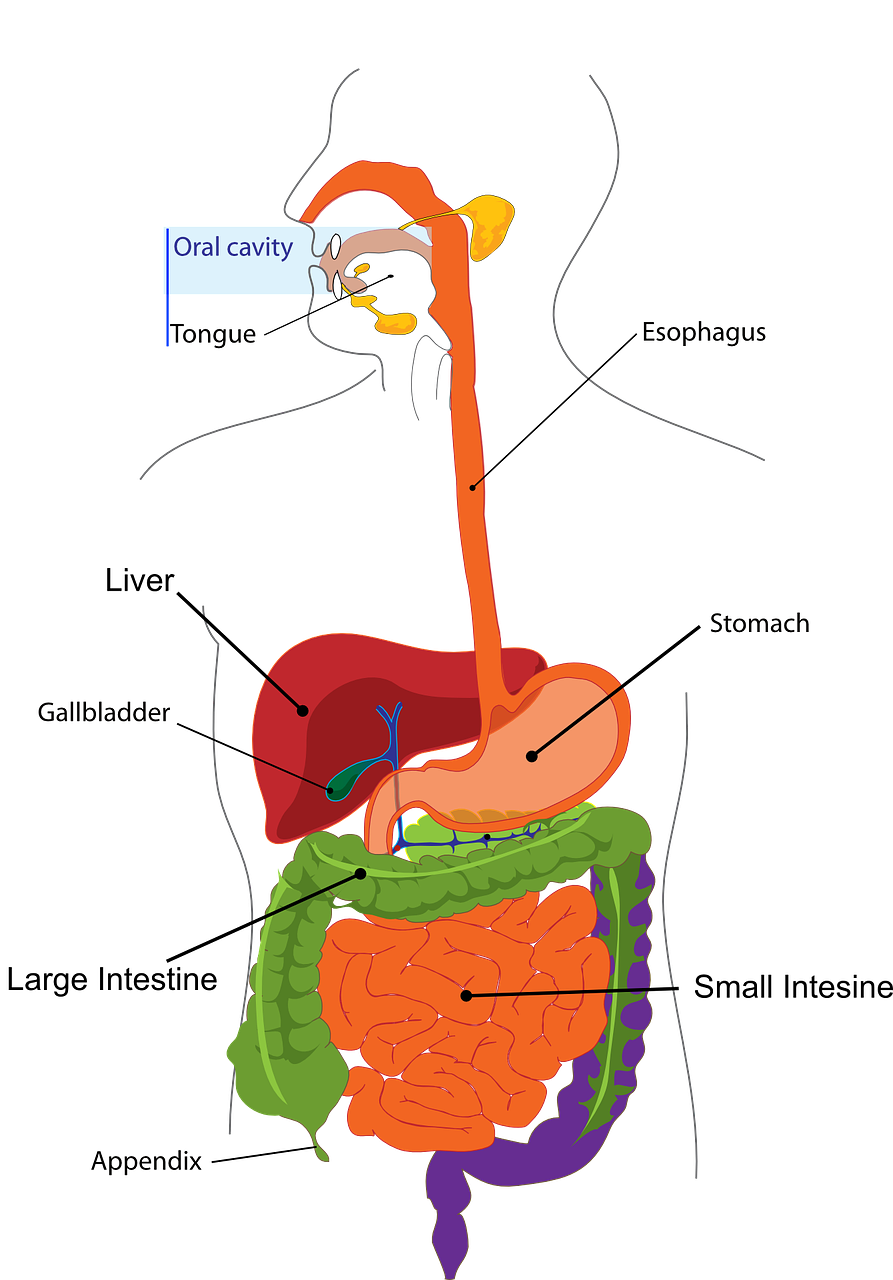Infections - Prevention, Diagnosis & Treatment
Acute Appendicitis: What are its Symptoms, Causes, and Treatment?
By S.I. (staff writer) , published on January 02, 2024

Medicine Telehealth Health surgery infection
What is Acute Appendicitis?
Appendicitis is described as the inflammation of the inner lining of the vermiform appendix [1]. It is a medical emergency and one of the most common causes of unusual acute abdominal pain.
There is no specific sign, symptom, or diagnostic test that can confirm appendicitis. However, the history of anorexia, increased white blood cell count on Full Blood Count, right lower quadrant pain, nausea, and vomiting occurs in 50% of the cases.
The most common cause of acute appendicitis is obstruction of the appendiceal lumen. The treatment options for acute appendicitis are usually antibiotics and surgery. If left untreated, it can cause complications including sepsis and may even cause death.
What are the Symptoms of Acute Appendicitis?
The pain of appendicitis begins in the lower right quadrant and around the belly button. The pain typically increases as the inflammation worsens and eventually becomes unbearable [2].
Some other symptoms of appendicitis include:
- Sudden pain in the lower right abdomen
- Anorexia (loss of appetite)
- Vomiting
- Nausea
- Rebound tenderness
- Abdominal bloating
- Constipation or Diarrhea
- Low-grade fever that increases as the inflammation increases
- The pain of appendicitis worsens with coughing and walking
What are the Causes of Acute Appendicitis?
The common cause of appendicitis is an appendix blocked by fecal matter, foreign objects, tumors, and parasites [3].
Appendicitis is also associated with obstruction of the appendiceal lumen caused by lymphoid hyperplasia secondary to Inflammatory Bowel Disease (IBD).
Lymphoid Hyperplasia is associated with numerous inflammatory and inherited diseases including:
- Crohn disease
- Gastroenteritis
- Measles
- Infectious mononucleosis
- Respiratory infections
- Amebiasis
Certain bacteria, viruses, fungi, and parasites such as Yersinia species, Mycobacteria species, cytomegalovirus, actinomyces, Histoplasma species, and parasites such as Schistosoma species can obstruct the appendiceal lumen [4].
Treatment Options for Acute Appendicitis:
There are three treatment options for acute appendicitis:
- Antibiotics
- Surgery to remove the appendix (appendectomy)
- Draining the abscess before appendix surgery
If your appendicitis is not severe, antibiotics may be used alone to treat the infection.
However, if appendicitis is severe, appendectomy may be performed. There are three ways to perform appendectomy:
- Laparotomy
- Laparoscopic appendectomy
- Open Appendectomy
Laparoscopic surgery is the one in which a few small abdominal cuts are made to remove the appendix.
Open appendectomy is done if the appendix has ruptured and the infection has spread beyond the appendix. Open appendectomy allows the surgeon to clean the abdominal cavity. Sometimes, if a severely inflamed appendix has burst and the pus has been released into the abdominal cavity, first the pus is drained by placing a tube through the skin into the ruptured abscess. In these cases, an appendectomy can be performed later on when the infection is under control [5].
References
- https://emedicine.medscape.com/article/773895-overview?form=fpf#a2
- https://www.mayoclinic.org/diseases-conditions/appendicitis/symptoms-causes/syc-20369543
- https://medlineplus.gov/ency/article/000256.htm#:~:text=If%20you%20have%20appendicitis%2C%20your,right%20side%20of%20your%20rectum.
- https://emedicine.medscape.com/article/773895-overview?form=fpf#a5
- https://www.mayoclinic.org/diseases-conditions/appendicitis/diagnosis-treatment/drc-20369549
Find articles related to: Medicine Telehealth Health surgery infection
More articles about Infections - Prevention, Diagnosis & Treatment
Back to the Health Tips Index




